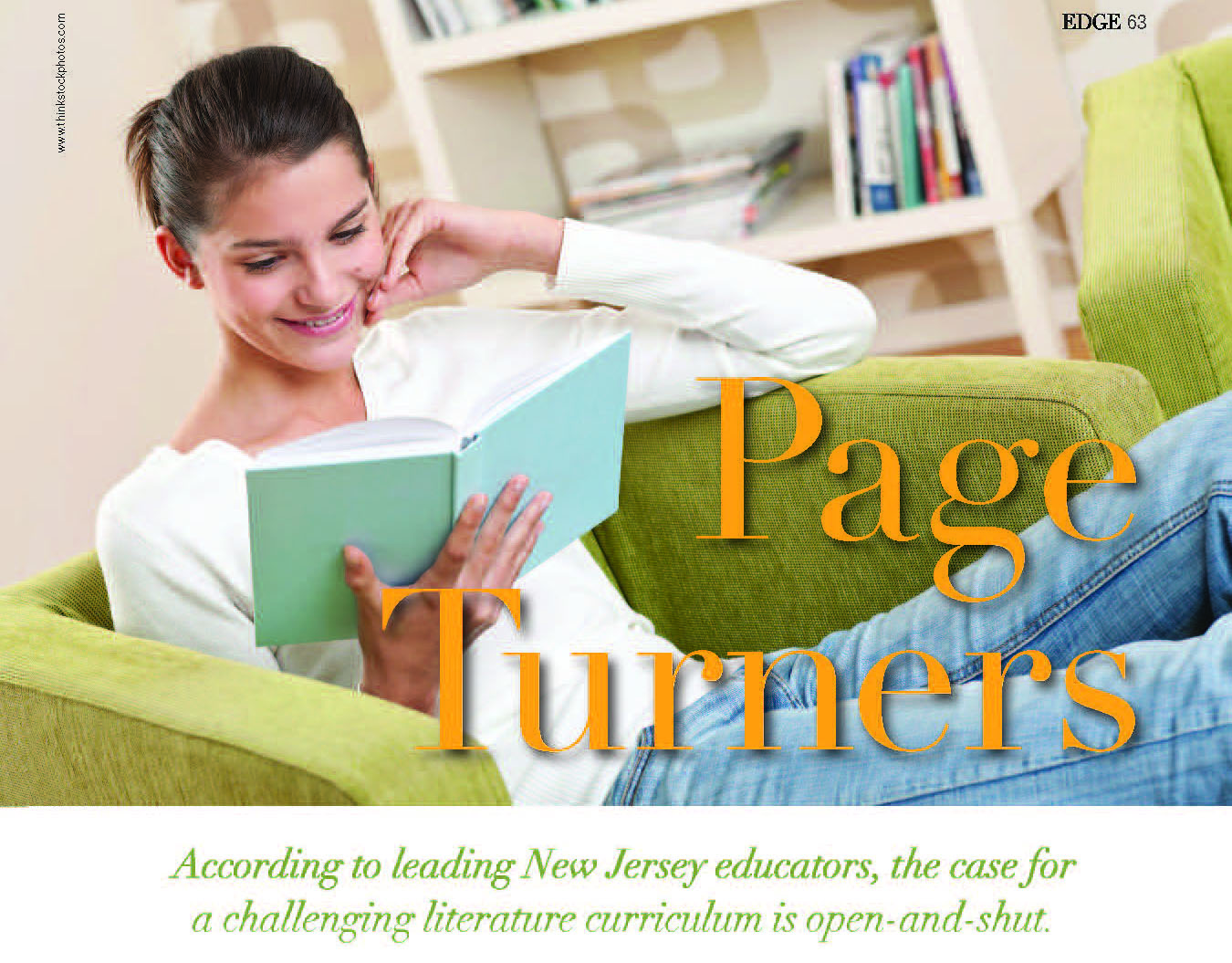According to leading New Jersey educators, the case for a challenging literature curriculum is open-and-shut.
A couple of months ago, I convened five of my old school girlfriends during our annual reunion to discuss our all-time favorite middle-school (we called it “junior high” back then) Summer Reading List titles. There was an immediate consensus about Catcher in the Rye, To Kill a Mockingbird, and The Heart is a Lonely Hunter. These novels represented our first foray into more serious, more adult fiction, offering themes of rebellious angst, social injustice, and seemingly insurmountable challenges. We also agreed that, as parents (and now grandparents), we were all too familiar with the moaning and groaning of subsequent generations when presented with the dreaded list. Perhaps it’s overscheduling or shorter vacations or digital distractions, but it seems as if the “I can’t wait to read it” treasures of our early teens have become the “Do I have to read it?” chores for a lot of kids today.

www.thinkstockphotos.com
For generations the great literary safety net has been supplied by our schools. Whether reading comes naturally to a student or is a bit of a forced march, every child is exposed to the enlightening qualities of a great book sometime in the vicinity of 6th Grade, and in most systems the rubber meets the road in 7th. By high school, kids have been introduced to literature in a meaningful way; they get why reading matters. For some it sticks, for others it doesn’t.
The responsibility of educators is to inspire their students to read. (It’s up to authors to keep readers reading.) Some school systems in New Jersey do a magnificent job. Others have become less demanding of their students, and even of their teachers. In assessing the relative merits of a child’s educational options, parents would be wise to ask questions about how great literature fits into a school’s overall philosophy. We put this question to a number of top schools in the Garden State.
“The job of a teacher is not just to find the right book, but to start a student on a lifetime of reading pleasure.”
—Dr. Peter Lewis • Head of School The Winston School • Short Hills
Dr. Lewis defines the basic literacy goal for all students as “getting pleasure out of print,” adding that “with literature, we need to find a theme that will spark interest—but first we need to provide the techniques and strategy to decode the words, starting in the lower grades.” At Winston, non-fiction is typically factored in during the Middle School grades. Often the hero is a very ordinary human being who rises to meet and overcome challenges. For example, Mountains Beyond Mountains, by Tracy Kidder, is a book about Dr. Paul Farmer and his inspiring quest to cure infectious diseases around the world.
Be it fiction or non-fiction, Dr. Lewis believes that, from an academic perspective, all literature is still fundamentally “text,” and the challenge is to keep students enraptured by the written word rather than put off by the hurdles of decoding them. That effort includes booking author visits to add a living component to the books students are reading. On a school trip to see Orlando Bloom in Romeo and Juliet on Broadway, Bloom met with Winston students and explained that although he had been dyslexic as a child, he had managed to overcome his early challenges to pursue and achieve his lifelong dream of becoming a modern-day Shakespearean actor. Dr. Lewis used the opportunity to emphasize to his students that “Just because it’s hard to do, doesn’t mean you can’t do it.”
“Avid readers make awesome writers.”
—Mary Schoendorf • Middle School Literature Coordinator St. Bartholomew Academy • Scotch Plains
The kids at St. Bartholomew are in a “trilogy mode,” particularly by authors Suzanne Collins (The Hunger Games) and Veronica Roth (Divergent). Schoendorf has noticed that this popular reading genre has been influencing her students’ writing, which is immensely gratifying. Middle schoolers she notes, tend to be a bit unfocused in their writing. Often her role is to help fine-tune their efforts and come more quickly to the point they want to make.
To inspire her students’ interest in literature, Schoendorf regularly offers video clips about the authors to help bring them to life. She also insists on “web quests,” where students are required to research the author’s life and time—all before they even open the book. “This way,” she points out, “the book itself becomes the reward…and one that they can’t wait to start reading.”
Schoendorf also tries to nudge them out of their literary comfort zone into other genres (e.g., the classics). In doing so, she assesses class profiles in order to determine the most appropriate literature for the grade level, beginning with what she believes a class can emotionally handle. For example, she would ordinarily avoid Edgar Allan Poe, at least until the 7th Grade. For her 6th Graders, she might substitute The Hatchet, a young-adult wilderness survival novel by Gary Paulsen—an adventure story that is not as dark as Poe’s work, but offers all the same basic literary suspense elements. Recently, Schoendorf successfully introduced the 7th Graders to The Wednesday Wars, by Gary Schmidt—a coming-of-age story about a 7th grader. Her students were so impressed by the protagonist’s interest in Shakespeare that they asked for a Shakespeare unit in their own classroom, which is now known as Shakespeare Wednesdays. In fact, they even volunteered to give up half their recess for more class time with the Bard…which only proves her favorite point: “Get them interested, and they’ll bite.”
“Many of the most popular books fall into the category of dystopian literature, where the person who saves the world is a young adult.”
—Barbara Dellanno • Dean of Academic and Faith Formation Union Catholic High School • Scotch Plains
Dellanno, who doubles as Union Catholic’s Humanities Curriculum Specialist, sees the goal of both parents and teachers when it comes to young adult literature as “getting them hooked on reading for pleasure.” Her opinion about much of the YAL being written today is that it does just that. In fact, she admits to getting hooked herself on such contemporary classics as the Harry Potter series. Dellanno also believes it’s a positive for young readers to form their own tastes and reading habits. “I think that it is important that teachers and parents allow them to choose what they want to read,” she says, adding that there’s no harm in an occasional comic book or sports magazine.
The point is to get them reading and, once they develop the habit, they are more easily encouraged to branch out into serious literature, even the classics. Not surprisingly, Dellanno gives a thumbs-up to trending series literature, such as The Hunger Games, Twilight, Maze Runner, Divergent, Gone, and Park Service. As for singular novels, she favors The Book Thief and Wonder, as well as novels like Fahrenheit 451 and Persepolis. As for popular authors, continued on page 68 she lists Jerry Spinelli, Walter Dean Myers (a recently deceased resident of Jersey City), Sarah Dressen (for girls), and Elizabeth Wein (for historical fiction). “Dystopian-themed novels,” Dellanno notes, “are empowering and reflect a way for the younger generation to cope in a healthy way with our post-9/11 world.”
When asked why To Kill a Mockingbird seems to top everyone’s list of Middle School classics, Dellanno explains that it is a great tool to teach the important elements of fiction (setting, point of view, foreshadowing and symbolism), and that the 1962 film starring Gregory Peck enables students to compare and contrast great writing and great filmmaking techniques. “Also, the essential questions raised by the novel grip students and make them think and want to discuss what they have read with one another,” she says. The 1960 novel by Harper Lee happens to be Dellanno’s all-time favorite.
“The classics speak to the human condition and teach lessons about life to which all people can relate.”
—Dr. Martine Gubernat • Chair of English Department St. Joseph High School • Metuchen
The freshmen boys at St. Joe’s dive right into great literature in English I, including short stories, nonfiction, drama, novels, mythology and poetry. During a typical year, they’ll digest Shakespeare’s Julius Caesar, Inherit the Wind and The Call of the Wild. This sets the stage for English II, which focuses on American literature; English III, which transports young readers across the ocean for a year of British lit.; and finally to English IV and AP classes that feature challenging selections of world literature.
According to Dr. Gubernat, classic literature is at the heart of the English curriculum all four years. “The classics,” she says, “help readers to consider the impact of events—both large and small, positive and negative—on ordinary people.” The “noble language” of the classics, she adds, serves as the basis for student analysis and evaluation of the written word.
“The written language is still king.”
—Whitney Slade • Head of School
The Rumson Country Day School • Rumson
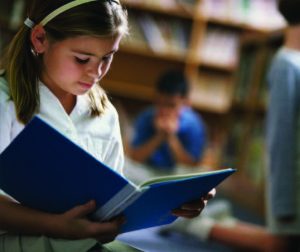
www.thinkstockphotos.com
The 2014–15 school year will be Slade’s first at RCDS, an independent K–8 school in Monmouth County with a strong historical commitment to fostering an appreciation of literature. The nature of how great writing is delivered, he notes, is changing…and with change comes trepidation on the part of parents and educators. “With the advent of the Internet and social media there is fear—real or imagined—that students will be distracted from reading and the joys of literature,” he says.
Slade believes that it is incumbent upon teachers, parents and caregivers to foster reading whenever possible. However, it needs to be on the young person’s terms. Whether reading an online version of a novel or a well-written publication, engaging in a worthy blog, or simply making a monthly visit to the bookstore, exposure is key. The form it comes in, he insists, should be irrelevant. “Good writing is as important as ever in binding us together, sharing a common history, fostering creativity, and developing skills for an unpredictable workplace,” Slade says.
“Books can evolve with you and your understanding of them can evolve, too…that’s just one wonderful thing about my job.”
—Lou Scerra • English Department Chair Newark Academy • Livingston
At first glance, the literary spread between 6th and 12th Grades at Newark Academy seems extremely ambitious. The 6th Graders are reading A Midsummer Night’s Dream and Nothing But the Truth, a novel about a boy suspended for humming the national anthem. The seniors are tackling

www.thinkstockphotos.com
Alison Bechdel’s 2006 graphic memoir, Fun Home, Junot Diaz’s Pulitzer-winning 2008 novel The Brief Wondrous Life of Oscar Wao, Virginia Woolf’s 1925 Mrs. Dalloway, and the playwright Tom Stoppard’s Arcadia. In between, students are introduced to Harper Lee, F. Scott Fitzgerald, Walt Whitman, Toni Morrison and John Green.
Serra, who heads the school’s literature-based English Department, points out that much of the literature he assigns is driven by story and character. He meticulously selects texts that are developmentally appropriate in terms of form and content, saying, “I’d like to think we have a nice blend of traditional classics and contemporary literature that all speak to the concerns of the 21st century world. We’re always eager to add new texts into the curriculum and we also try to listen to student input.”
Serra’s personal favorite is The Great Gatsby—the subject, as it happens, of his undergraduate thesis. Interestingly, he credits his sophomores with having helped him to “see the characters, the story, and the novel itself in a new way.”
Inside the Numbers
The U.S. publishing world generated $27.01 billion in net revenue in 2013, selling 2.59 billion units according to a recent report from the Association of American Publishers and BISG (Book Industry Study Group). A large chunk of that business is attributable to YAL. In December of last year, a report on CBS News indicated YAL sales were up 24 percent since 2010, making it the fastest-growing publishing market sector. Long overlooked by the big publishers, these books have actually become popular with adults, too; the report estimated that about 80 percent of YAL buyers are over 18…and not all of them are buying for kids.
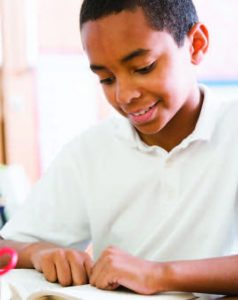
www.thinkstockphotos.com
In terms of embracing non-paper delivery methods, the news is also positive. An article in New York Magazine last year entitled “YAL by the Numbers” showed that, in 2002, fewer than 5,000 YA titles were published—of which only 143 were ebooks. By 2012, the number of titles had more than doubled over 10,000, of which 40 percent were of the ebook variety.
Good literature comes in many shapes and sizes—from traditionally leather-bound library tomes to dog-eared and page-worn paperbacks to the latest palm-held backlit digital readers. There are some among us who would never trade that special feeling that comes from physically opening a “real” book and thumbing through it page-by-page. On the other hand, the popularity of audio and ebooks, whether delivered to a Kindle, a Nook, or some other experience-enhancing device, has expanded exponentially, especially among the younger generation. Whatever or however a person prefers to read, it is the actual commitment to read that really matters. And for that we count on our educators—more heavily now than ever.
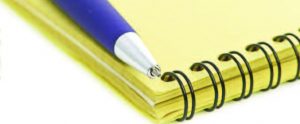 SO YOU WANT TO WRITE A YOUNG ADULT BEST-SELLER…
SO YOU WANT TO WRITE A YOUNG ADULT BEST-SELLER…
In a recent article in Atlantic Magazine by Nolan Feeney, “The 8 Habits of Highly Successful Young-Adult Fiction Authors,” several recognized authors shared their secrets to success. To be a winner, a YA book of fiction must be:
- Attention-grabbing…from the minute the book is opened until the last page is read.
- Age-appropriate…with someone in the book being a peer of the targeted reader.
- Relatable…to teenage experiences, even some that may be dark, but familiar.
- Meaningful…inspirational but in a realistic way.
- Believable…from an author who can think like a young teen and sound like one, too.
- Respectful…with no patronizing or “dumbing down” of information.
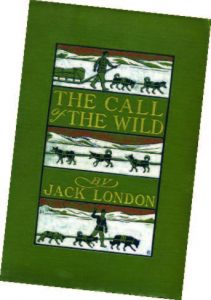 DIRTY DOZEN
DIRTY DOZEN
John F. Kennedy once said that libraries should be open to everyone—“except the censors.” At one time or another, some of the great works of American Literature were included on official lists of Banned Books for public schools and libraries, including the 12 below. All, by the way, made it onto another list: the Library of Congress Books That Shaped America…
The Scarlet Letter • Nathaniel Hawthorne (1850)
Moby Dick • Herman Melville (1851)
Leaves of Grass • Walt Whitman (1855)
The Red Badge of Courage • Stephen Crane (1895)
The Call of the Wild • Jack London (1903)
The Great Gatsby • F. Scott Fitzgerald (1925)
Gone with the Wind • Margaret Mitchell (1936)
The Grapes of Wrath • John Steinbeck (1939)
For Whom the Bell Tolls • Ernest Hemingway (1940)
The Catcher in the Rye • J. D. Salinger (1951)
To Kill a Mockingbird • Harper Lee (1960)
Where the Wild Things Are • Maurice Sendak (1963)
CELEBRATING 100 YEARS
Benedictine Academy, an all-female, private, Catholic college-preparatory school for grades 9-12 in Elizabeth, celebrates its Centennial this September through April 2015. A Mass and reception on September 21 kick off a year-long calendar of celebrations, including renowned speakers and a grand finale gala. Check the Academy website (benedictineacad.org) for more information or call 908-352-0670 x 105/106. A four-time Jefferson Award-winning, 21st Century learning environment, the Academy emphasizes rigorous academics, including honors and AP courses, and offers five varsity sports—plus service outreach, clubs and extracurricular activities for every interest. Technology includes personal laptops (provided), campus-wide wi-fi, interactive SMARTBoards, and a state-of-the-art science lab. Scholarships and tuition assistance are available.

